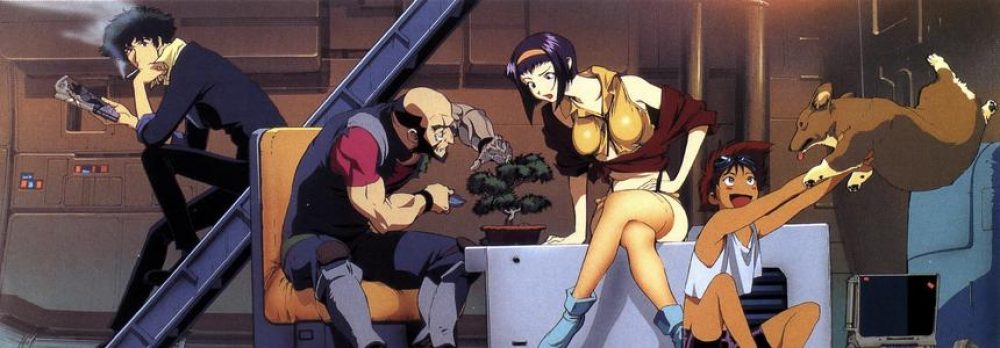Node:
Primitive: In Houdini, primitives refer to a unit of geometry, lower-level than an object but above points.
Voronoi: It is a division of the space plane. Its characteristic is that any position in the polygon is the closest to the sample point (such as the residential point) of the polygon, and the distance from the sample point in the adjacent polygon is far, and each The polygon contains only one sample point. Due to the equipartition characteristics of the Thiessen polygon in the spatial division, it can be used to solve problems such as the nearest point, the smallest closed circle, and many spatial analysis problems, such as adjacency, proximity, and accessibility analysis.
Point from volume: It is used to generate a regular set of points that fill a given volume.
VDB from polygons: This node can create a distance field (signed (SDF) or unsigned) and/or a density (fog) field.
VDB: Compared with common bai model data du vertices, edges, faces (essentially vertices and indexes), as well as the recording method of normal dao lines, zhuanvdb is more suitable for objects with complex shapes such as smoke and fluid. Its recording method It divides a group of objects into many small square units, and then records the density, speed, and various custom attribute values for each unit.
Voxel: Voxel is the abbreviation of Volume Pixel. The stereo containing voxels can be represented by stereo rendering or polygonal isosurface with a given threshold contour.
Remesh: This node tries to maximize the smallest angle in each triangle. And we can “harden” certain edges to make the remesher preserve them. This is useful for keeping sharp corners and preserving seams.
Rest: This node creates an attribute which causes material textures to stick to surfaces deformed using other operations.
Attribrandomize: This node generates random values to create or modify an attribute.
Create reference copy: Create a node that takes all the attributes of the current node as a reference.
About making broken animation, it is divided into two parts: making a broken model and simulation. Mehdi introduced three ways to make a fracture model.
- voronoi fracture


- boolean,like cutting something


- rbdmaterialfracture


- Quickly make wood crushing effect:


Simulation:
It mainly uses the rigid body solver in dopnet. It consists of two important parts: rbdsolver and bulletrbdsolver. Here we can just use bulletrbdsolver.

Assemble: The assemble node cleans up the geometry. The following screen captures show what the geometry looks like before using the assemble tool, and after.

Create packed geometry: If the output geometry contains a primitive attribute called “name”, a packed fragment will be created for each unique value of the name attribute. Additionally, a point attribute called “name” will be created to identify the piece that packed fragment contains.
Use proxy during simulation to speed up.
Ways to establish a proxy:


Transform Pieces: This node can be used in combination with a DOP Import node in Create Points to Represent Objects mode to transform the results of a multi-piece RBD simulation.

This can apply the results of proxy simulation to the original complex model.
Make woodcabin crushing effect:

Apply the previous method of quickly making wood shattering effect in the woodcabin.
This is my final result:
